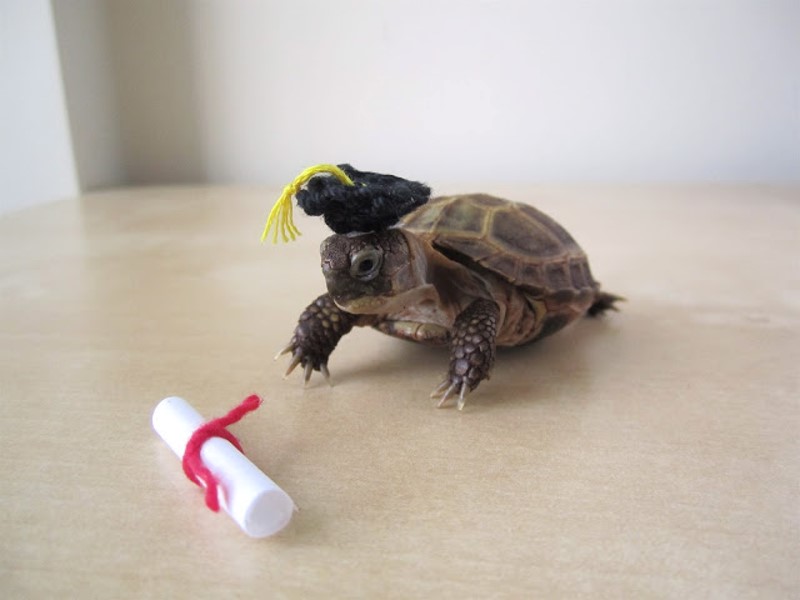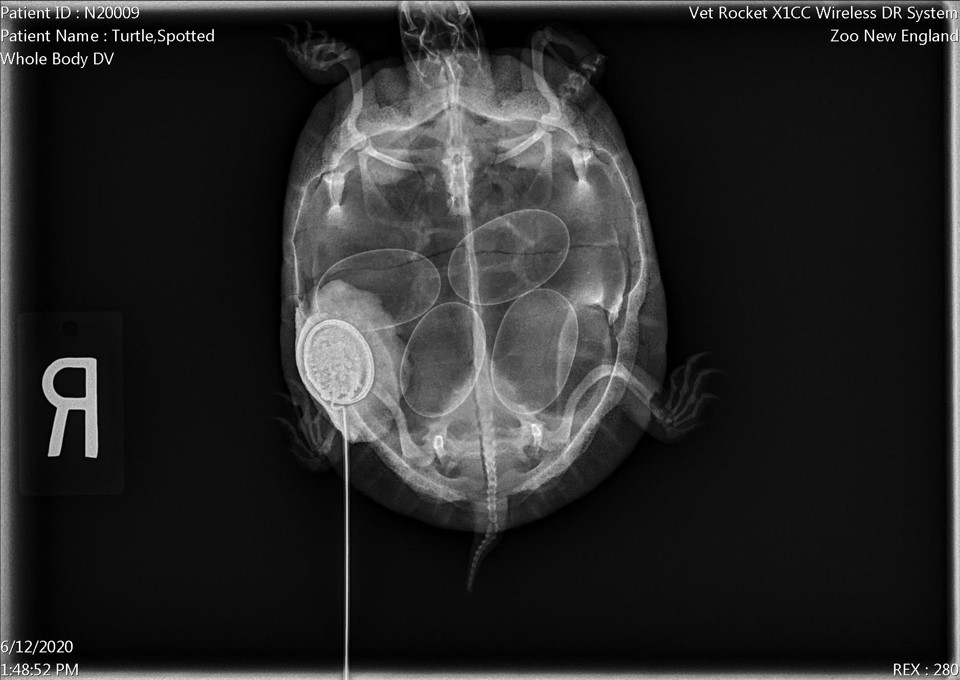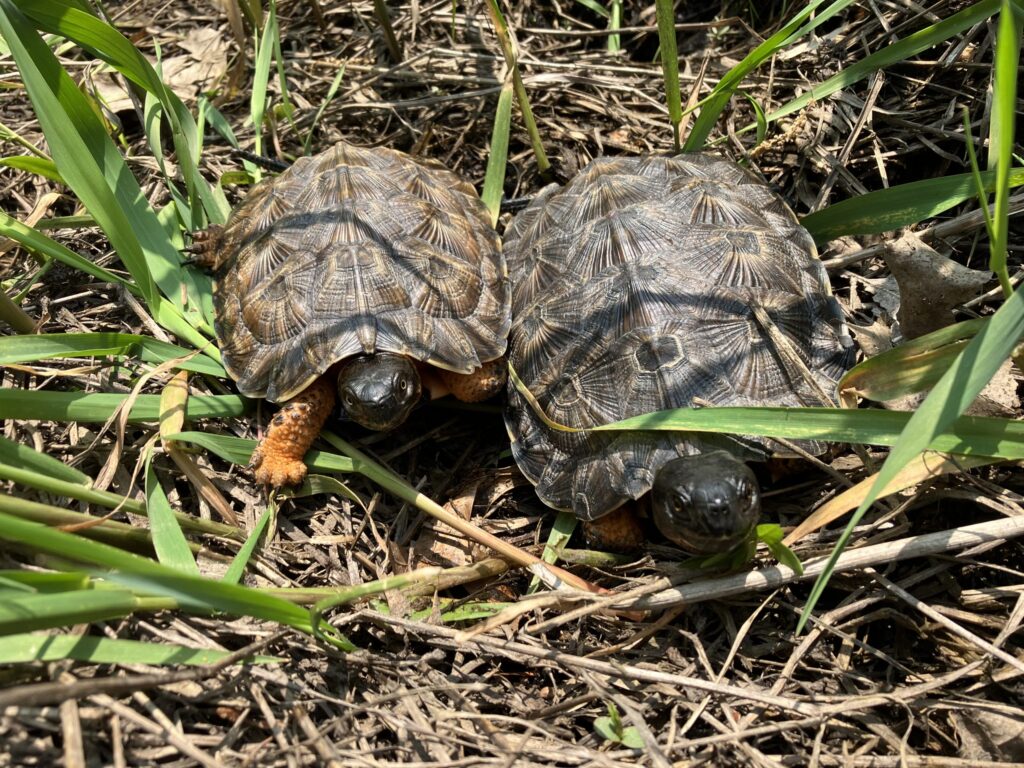
With all the exciting programs we have going on overseas and the new developments in conservation, it’s important to also remember and mark the milestones in our longest-running efforts. May and June mark turtle graduation season for over one hundred baby turtles every year here at Zoo New England, and in honor of World Turtle Day today, we’d like to take an in-depth look at this year’s graduating cohort.
The turtles brought into our headstarting program, affectionately nicknamed H.A.T.C.H. (Hatchling And Turtle Conservation through Headstarting) come from several sites across eastern Massachusetts, including Andover, Concord, Medfield, Lowell, Boston, and more. Just about all of these turtles come from wild nests found and protected by our field team, who spend tireless days and nights tracking every female throughout the late spring and early summer until she lays eggs.

After the eggs hatch and the babies are matched with a volunteer or school classroom, several months of carefully supervised care ensure the best possible outcomes for these rare and precious animals. Not only do they grow much larger than wild turtles their age, they also enjoy a 40x higher survival rate after release! The turtles are not the only ones who benefit, either; the students and volunteers who raise them become more informed and more engaged about the conservation of rare wildlife in their own backyards. Students get to accompany their turtles when they return to the wild on a “turtle release field trip,” and man volunteers also come with their turtles when it’s time for them to be released to see their new homes and wave farewell. Below are Luna and Sheldon, two juvenile wood turtles who were just returned to the wild after their class’ field trip today!

This year, we’re releasing 111 Blanding’s turtles, 37 wood turtles, and 8 spotted turtles across all of our field sites. We’re also excited to have the first ever New Hampshire box turtles entering the headstarting program on a two-year release plan, meaning that they will graduate in 2024.
